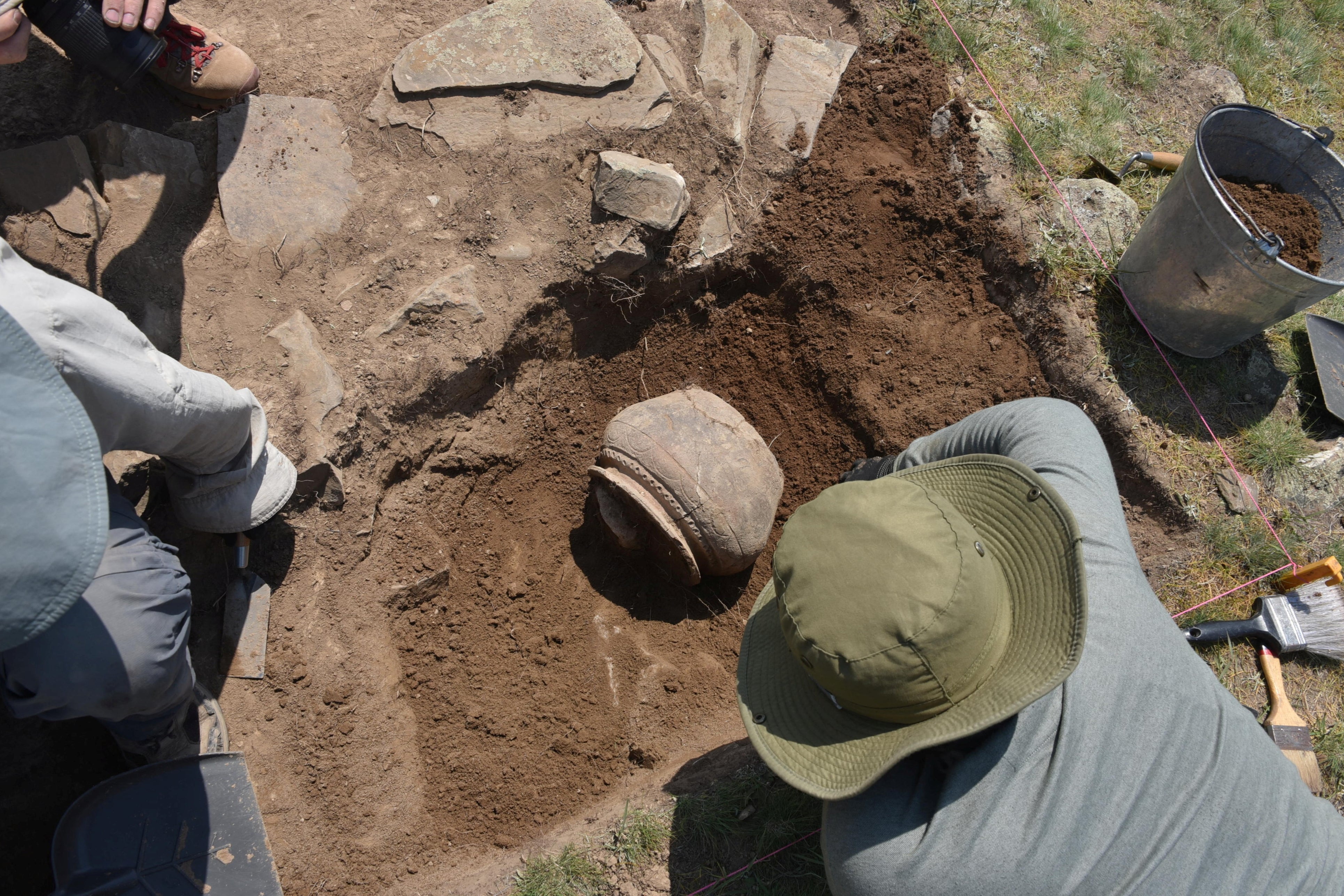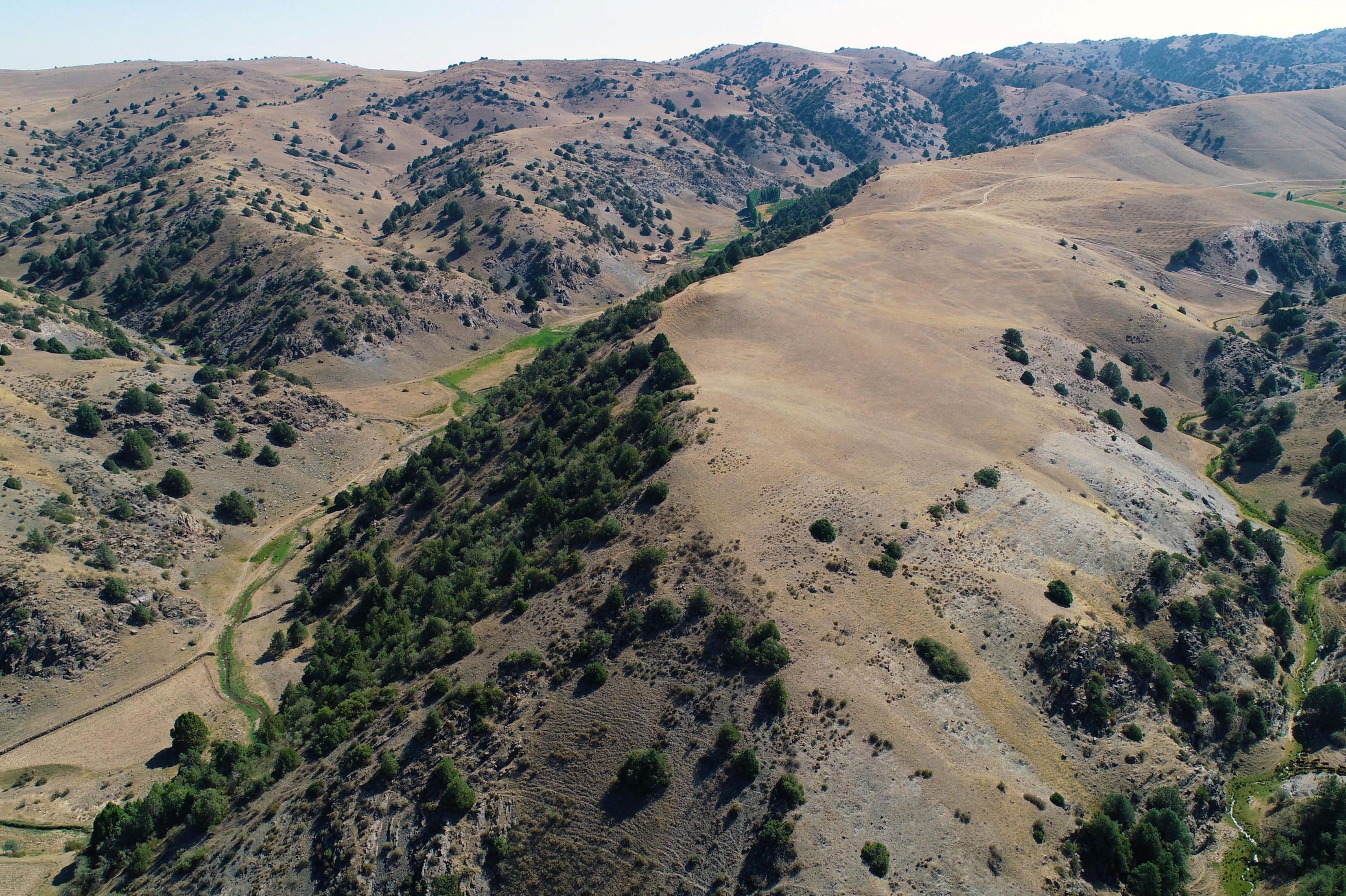Lost Silk Road cities rediscovered by scientists in mountains of Uzbekistan
The cities were found in a mountainous region – it’s unusual for settlements of this time to be at such high altitudes

Your support helps us to tell the story
From reproductive rights to climate change to Big Tech, The Independent is on the ground when the story is developing. Whether it's investigating the financials of Elon Musk's pro-Trump PAC or producing our latest documentary, 'The A Word', which shines a light on the American women fighting for reproductive rights, we know how important it is to parse out the facts from the messaging.
At such a critical moment in US history, we need reporters on the ground. Your donation allows us to keep sending journalists to speak to both sides of the story.
The Independent is trusted by Americans across the entire political spectrum. And unlike many other quality news outlets, we choose not to lock Americans out of our reporting and analysis with paywalls. We believe quality journalism should be available to everyone, paid for by those who can afford it.
Your support makes all the difference.Two cities lost for centuries have been uncovered by archaeologists in Uzbekistan along the Silk Road in a discovery that could shift the perspective on what we know about the ancient trading route.
The cities were discovered in the rugged mountains only 3km apart using laser remote-sensing technology that can detect structures under vegetation.
Researchers sent out LiDAR scanning technology, used to measure topography, on drones to map the scale and layout of the cities, uncovering structures, plazas, roads and other urban features indicating city settlements.
Their placement among the mountains, around 2,000-2,200m (6,562-7217 feet) above sea level, is particularly interesting as an altitude this high would have delivered bittely cold winters – with temperature levels that only three per cent of the global population live at today.
Publishing their findings in the scientific journal Nature, the researchers also said the discovery of these cities, which appear to have been mysteriously abandoned hundreds of years ago, could shift the understanding of the economic and cultural landscape of historic Central Asia.
“The key finding of this study is the existence of large, fortified and planned cities at high elevation, which is still a rare occurrence but is much more exceptional in ancient times,” research leader Michael Frachetti from Washington University in Saint Louis, said, per Reuters.

Tugunbulak, the larger of the two cities, existed from around the 6th to the 11th century CE, spanning across 300 acres. Researchers believe it once had a population of tens of thousands and is thought to be one of the largest cities of its time within the region.
The vast city had five watchtowers and a central fortress all protected by thick stone and mud-brick walls.
After excavating one of Tugunbulak’s fortified buildings, the researchers found the remains of kilns and furnaces, leading them to believe that it could have been a factory where metalsmiths were producing iron or steel.
"Tugunbulak in particular complicates much of the historical understanding of the early medieval political economy of the Silk Routes, placing both political power and industrial production far outside the regional ‘breadbaskets’ such as Samarkand," Frachetti said.
The other city, Tashbulak, was around ten times smaller than its neighbour, with a population reaching into the low thousands. It existed in a similar period from 730-750 to 1030-1050 AD.

While Tasbulak is not thought to be an industrial hub on the same scale as Tugunbulak, the smaller city has shown interesting cultural aspects reflecting the early spread of Islam.
Researchers unearthed 400 graves of men, women and children, including some of the oldest Muslim burials that have been discovered in the region.
"The cemetery is mismatched to the small size of the town. There’s definitely something ideologically oriented around Tashbulak that has people being buried there," Frachetti said.
The scientists first discovered Tasbulak in 2011, then found Tugunbulak a few years later.
With more research, they hope to unearth why these people chose to set up life in the mountains in a move that strayed away from the norm of the typical agricultural societies of the time.
“If we’re right, we’ve got a new kid on the block,” Frachetti told National Geographic, which funded the research.
“These people weren’t the barbarian horse-riding hordes that history has often painted them as. They were mountain populations, probably with nomadic political systems, but they were also investing in major urban infrastructure. This changes everything we thought we knew about Central Asian history.”
For more travel news and advice, listen to Simon Calder’s podcast
Join our commenting forum
Join thought-provoking conversations, follow other Independent readers and see their replies
Comments